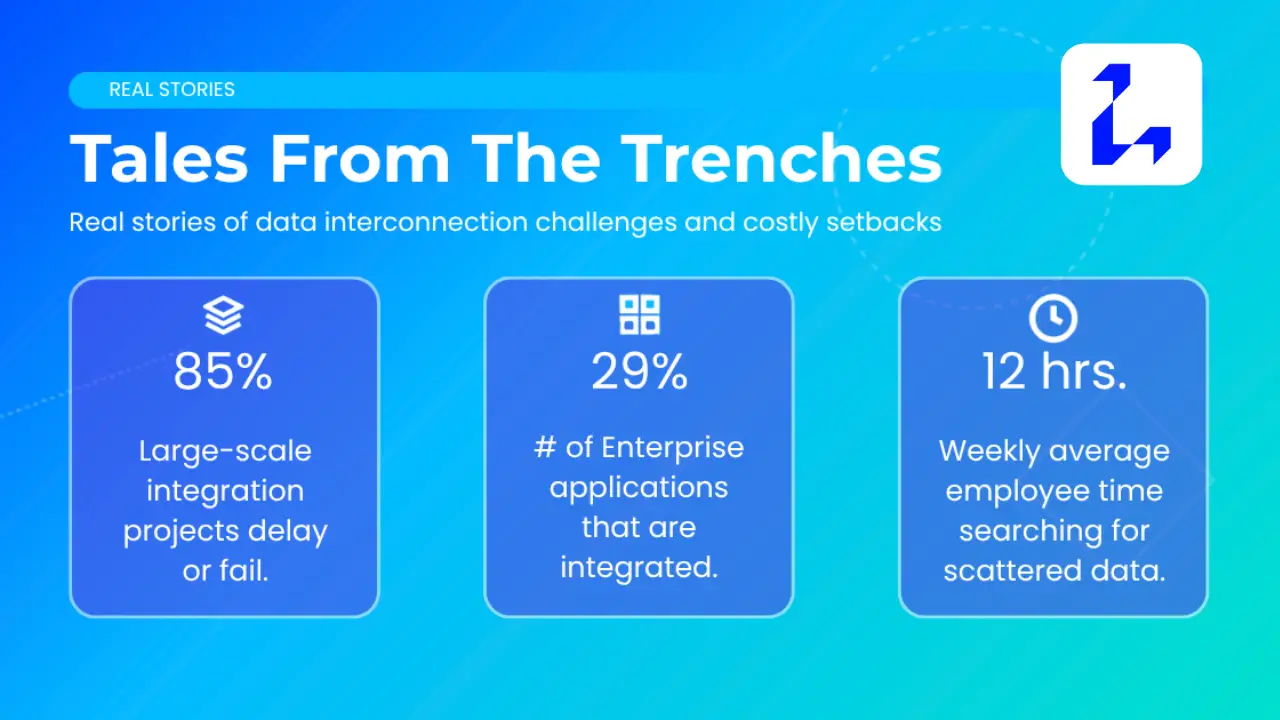Data is the pulse of modern business. Yet for many organizations, it often feels more like a source of confusion than a foundation for growth. Teams debate “whose numbers are right,” reports don’t match, and decisions take longer than they should.
The root problem? Weak or absent data governance.
Governance is rarely glamorous, but it turns raw figures into reliable business intelligence. Without it, strategy sits on shaky ground. With it, organizations gain clarity, trust, and agility.
The best part is that visible progress does not require years of effort. When leaders focus and commit, real improvement can begin in just 30 days.
This practical guide offers a step-by-step approach drawn from common challenges seen across industries, the collective experience of Locadium’s consultants, and patterns recognized in successful projects.
The Cost of Poor Data Governance
Before solutions, let’s cover the business costs:
- A 2023 Gartner survey found that 60% of organizations abandoned at least one data-driven initiative in the last two years due to poor data quality (CEUR-WS, 2023).
- IDC and other industry sources estimate that the average business loses 20 to 30 percent of annual revenue because of downstream inefficiencies from poor data (Scikiq, 2024, Acceldata, 2025).
- Regulatory and compliance risk rise when key data is scattered or mismanaged (Experian, 2025, Actian, 2025).
- Employees get frustrated. Time spent reconciling numbers or debating reports drags down morale and productivity (LinkedIn, 2025, Moldstud, 2025).
Ignoring data governance has direct and indirect costs that most organizations cannot afford.
A 30-Day Roadmap
Week 1: Create Ownership and Vision
When accountability is unclear, governance fails. Data often falls through the cracks when no single leader is responsible for the outcome.
Assign executive sponsorship. A senior leader needs to champion governance as a business priority, not just an IT concern.
Assemble a small cross-functional task force, typically 5 to 7 leaders from IT, finance, operations, and marketing.
Agree on a clear vision. For example, making customer data accurate enough to support personalization at scale while meeting regulatory requirements.
Across dozens of mid-sized companies, Locadium consultants have seen that weekly leadership meetings run smoother and faster once there is a “single source of truth.”
Week 2: Focus on What Matters Most
Trying to fix every issue at once overwhelms teams. The fastest progress happens when teams select 2 to 3 business-critical data domains, such as customer or financial data, as early priorities.
Use simple surveys or team conversations to identify where data errors or access issues create the most significant pain.
Map current data silos and points where trust in the numbers breaks down.
Keep inventories simple; the point is to act, not over-document.
Clients across sectors – from retail to manufacturing—report morale rises once initial focus areas are clear, even before large-scale fixes begin.
Week 3: Define Standards and Deliver Quick Wins
New policies often feel bureaucratic unless employees see benefits quickly.
Draft easy-to-follow, high-return standards such as common naming conventions, quality checks, and straightforward rules for data access.
Conduct a focused “data quality sprint” in one area – such as deduplicating customer lists or standardizing key product codes.
Publicize early results. For example, a client in manufacturing halved order errors in 30 days after cleaning up product data. In finance teams, reconciliation times dropped by 40 percent when standard IDs replaced ad hoc spreadsheets.
These quick, visible wins boost buy-in and demonstrate the value of governance.
Week 4: Embed and Communicate
Culture is critical. Data governance only sticks when it is part of day-to-day work, not seen as extra effort.
Assign “data stewards” in each area—team members who own data quality and consistency for their domain.
Share before-and-after results widely. Did reports become faster? Did errors fall? Did teams trust the dashboards?
Senior leaders should discuss data governance to foster growth and agility, rather than viewing it as unnecessary red tape.
When CEOs and managers model this behavior by asking for “trusted sources” for every report, the new approach takes root faster.
Overcoming Common Challenges
- Silos and resistance happen when departments protect “their” data. Governance succeeds when framed as a shared business asset, not a control tactic. Positive change comes faster when improvements link to outcomes benefiting everyone.
- Complexity overload occurs when large-scale programs strain resources. Success starts with pragmatic standards that can grow as capabilities increase.
- Visible ROI is crucial. Early, measurable wins such as cleaning one dataset or speeding up one key report help gain stakeholder support.
- Cultural buy-in is essential. Technology matters, but governance is primarily about people. When leaders say, “We move faster when we trust our numbers,” teams listen.
After 30 Days: What Success Looks Like
With focused effort, organizations typically achieve:
- An executive sponsor who drives priorities.
- Clear scope—identifying the most critical domains and problems.
- Basic standards and data policies adopted.
- One or more visible early wins.
- A foundation for ongoing cultural change.
The next 90 days focus on expanding standards, evaluating technology supports, and embedding governance in everyday decision-making.
The Bottom Line
Data governance is not bureaucracy – it is the route to making bolder, faster decisions. Organizations that rely on trustworthy data will lead the next decade.
Locadium was founded to help teams move from chaos to confidence. Drawing on real-world experience across many industries, our consultants guide leaders through the first crucial steps: securing ownership, creating quick wins, and building energy that lasts. If the goal is to unlock more value from business data, the first 30 days matter most – let’s build the foundation together.






